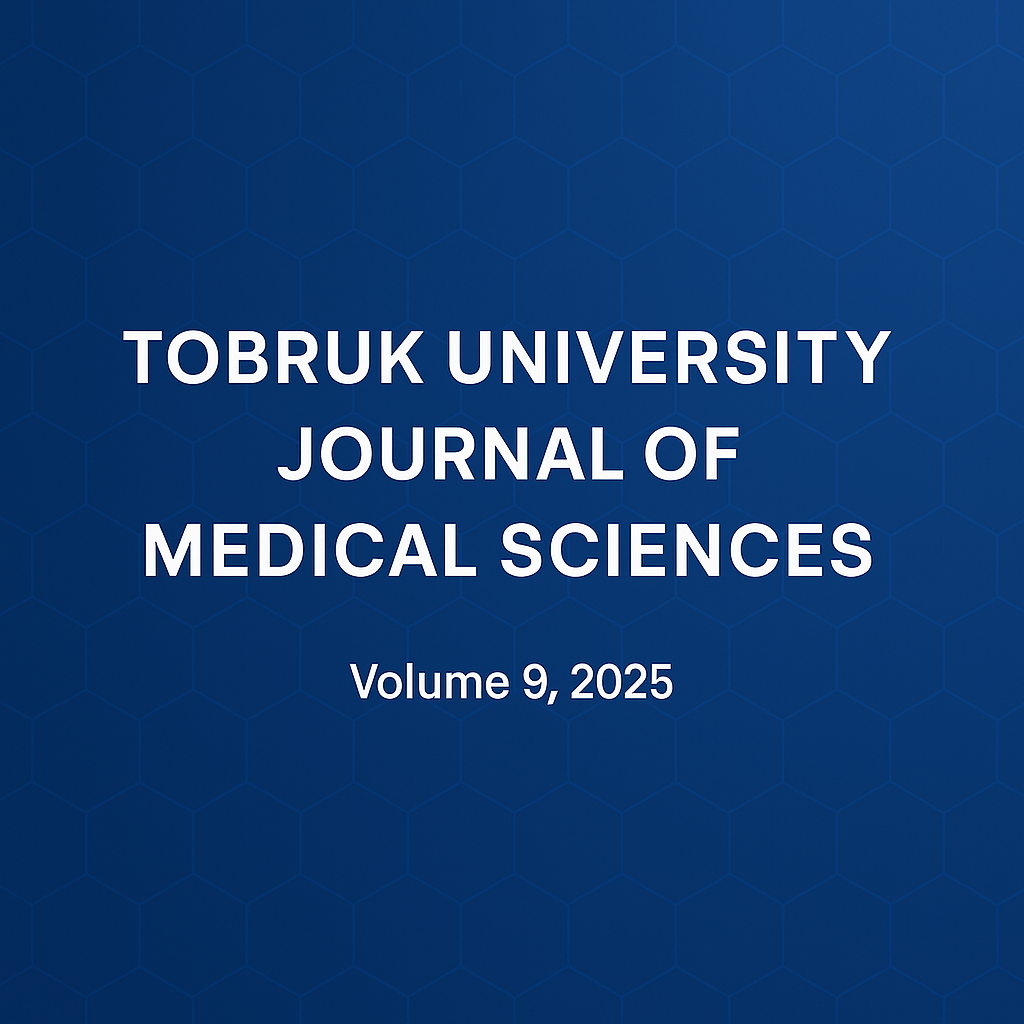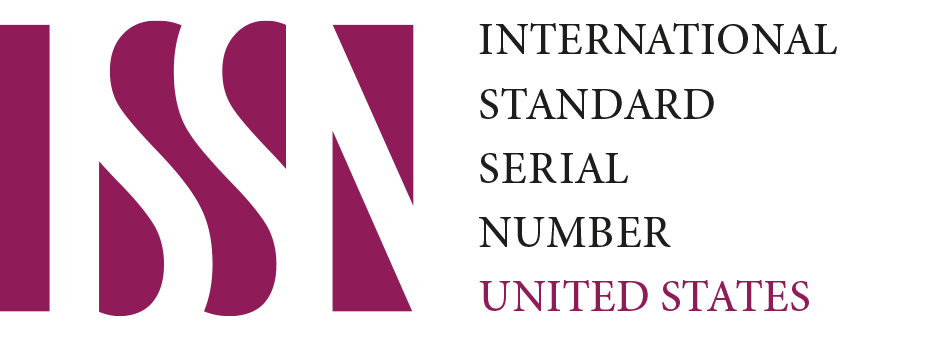Comparative Evaluation of Ceftriaxone Efficacy Against Escherichia coli: A Study of Three Commercial Brands Using Minimal Inhibitory Concentration
DOI:
https://doi.org/10.64516/d5x7jb18Keywords:
E. coli, MIC, ceftriaxone, UTI, ENT infectionsAbstract
Objective: This study compares the efficacy of three commercially available ceftriaxone brands in Libya (from Tunisia, Spain, and India) against Escherichia coli using minimal inhibitory concentration (MIC) assays.
Methods: A susceptible strain of E. coli was tested following CLSI protocols. MIC values were determined using serial two-fold dilutions of ceftriaxone in Mueller-Hinton broth. Experiments were conducted in triplicate under controlled laboratory conditions.
Results: The Spanish and Indian brands exhibited lower MIC values (0.1172–0.2344 mcg/mL), indicating higher efficacy, while the Tunisian brand showed reduced efficacy with MIC values (2.7581 mcg/mL) exceeding standard benchmarks.
Conclusions: These findings underscore the variability in the efficacy of ceftriaxone brands, emphasizing the need for stringent quality control and standardized testing.
References
1. Brogden, R. N., & Ward, A. (1988). Ceftriaxone: a reappraisal of its antibacterial activity and
pharmacokinetic properties, and an update on its therapeutic use with particular reference to once-daily administration. Drugs, 35(6), 604-645.
2. Dezfulian, M., Bitar, R. A., & Bartlett, J. G. (1993). Comparative Efficacy of Ceftriaxone in Experimental Infections Involving Bacteroides fragilis and Escherichia coli. Chemotherapy, 39(5), 355–360.
3. Katzung, B. G., Masters, S. B., & Trevor, A. J. (2012). Chemotherapeutic drugs. In (12th ed.): McGraw-Hill Medical.
4. Richards, D., Heel, R., Brogden, R., Speight, T., & Avery, G. (1984). Ceftriaxone: a review of its antibacterial activity, pharmacological properties and therapeutic use. Drugs, 27, 469-527.
5. Shanbhag, T. V., & Shenay, S. (2015). Chemotherapy Pharmacology for Medical Graduates (3rd ed.): Thomson Press India Ltd.
6. Soussy, C. J., Deforges, L., Le Van Thoi, J., Chanal, M., Sirot, D., Acar, J. F., Kitzis, M. D., Thabaut, A., Meyran, M., & Dabernat, H. (1985). Activité in vitro de la ceftriaxone sur les bactéries hospitalières. Résultats d'une étude multicentrique [In vitro activity of ceftriaxone on hospital bacteria. Results of a multicenter study]. Pathologie-biologie, 33(5 Pt 2), 469–472.
7.Thapa, B., & Mahat, K. (2010). In-vitro activity of three brands of ceftriaxone against different clinical isolates. JNMA J Nepal Med Assoc, 49(179), 225-227.
8.Tripathi, K. (2019). Antimicrobial drug. In Essential of Medical Pharmacology (8th ed., pp. 838-906): JAYPEE BROTHERS MEDICAL PUBLISHERS.
Downloads
Published
Issue
Section
License
Copyright (c) 2025 Ibrahim Egfier (Author)

This work is licensed under a Creative Commons Attribution 4.0 International License.











